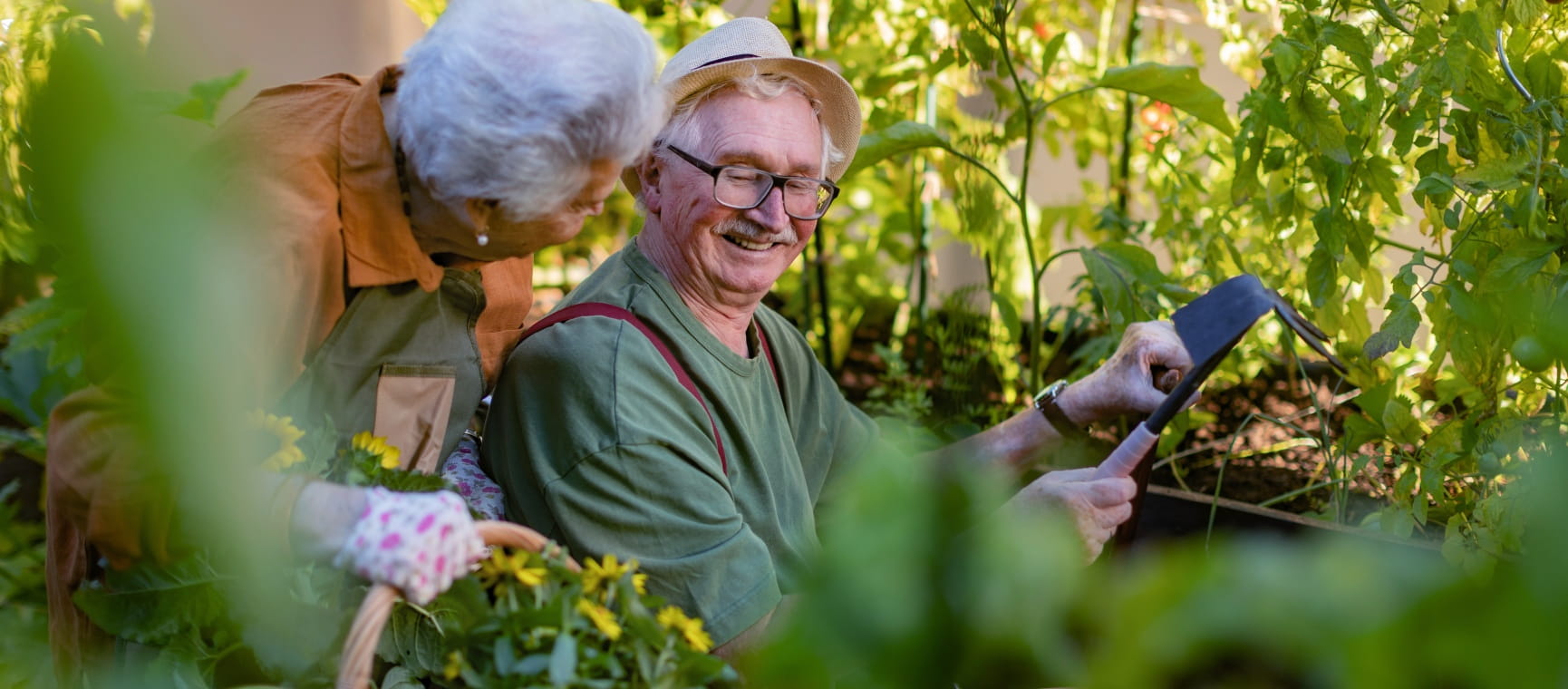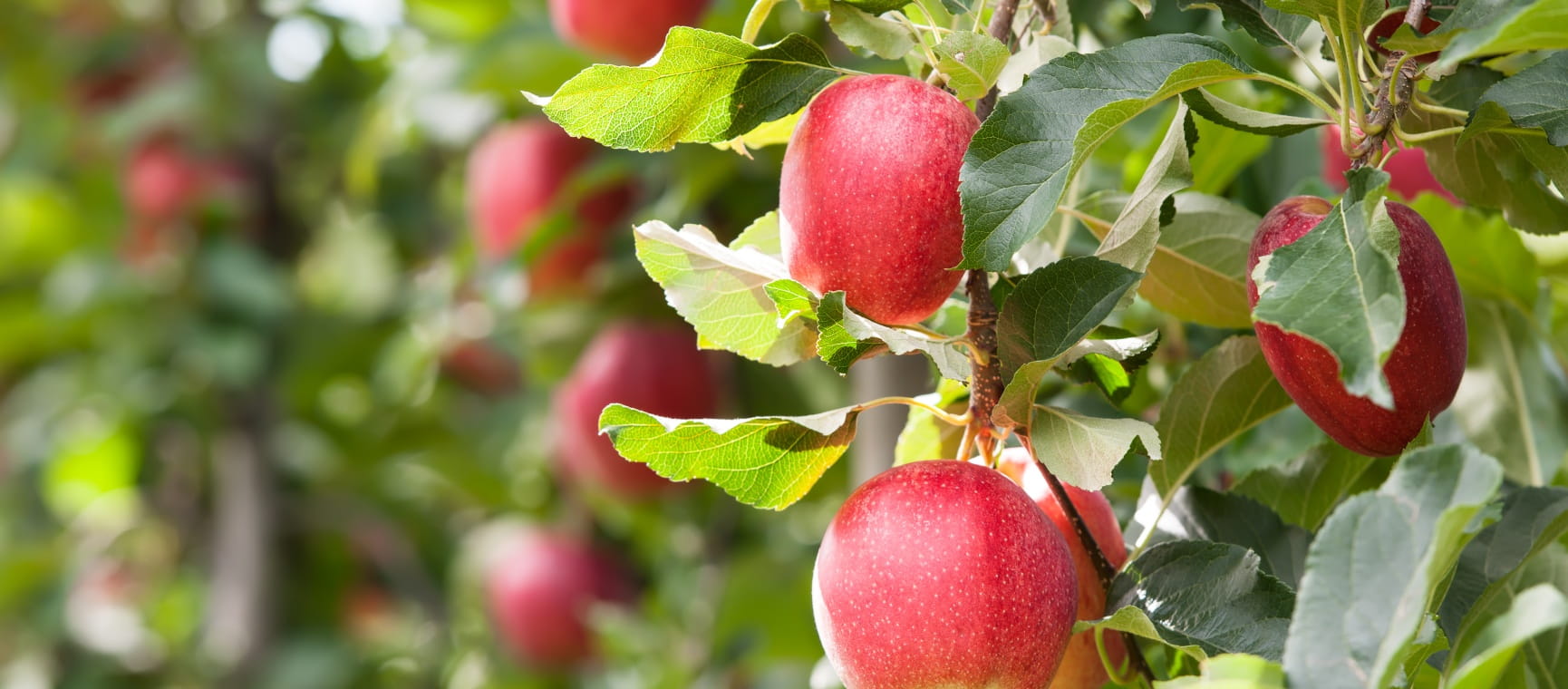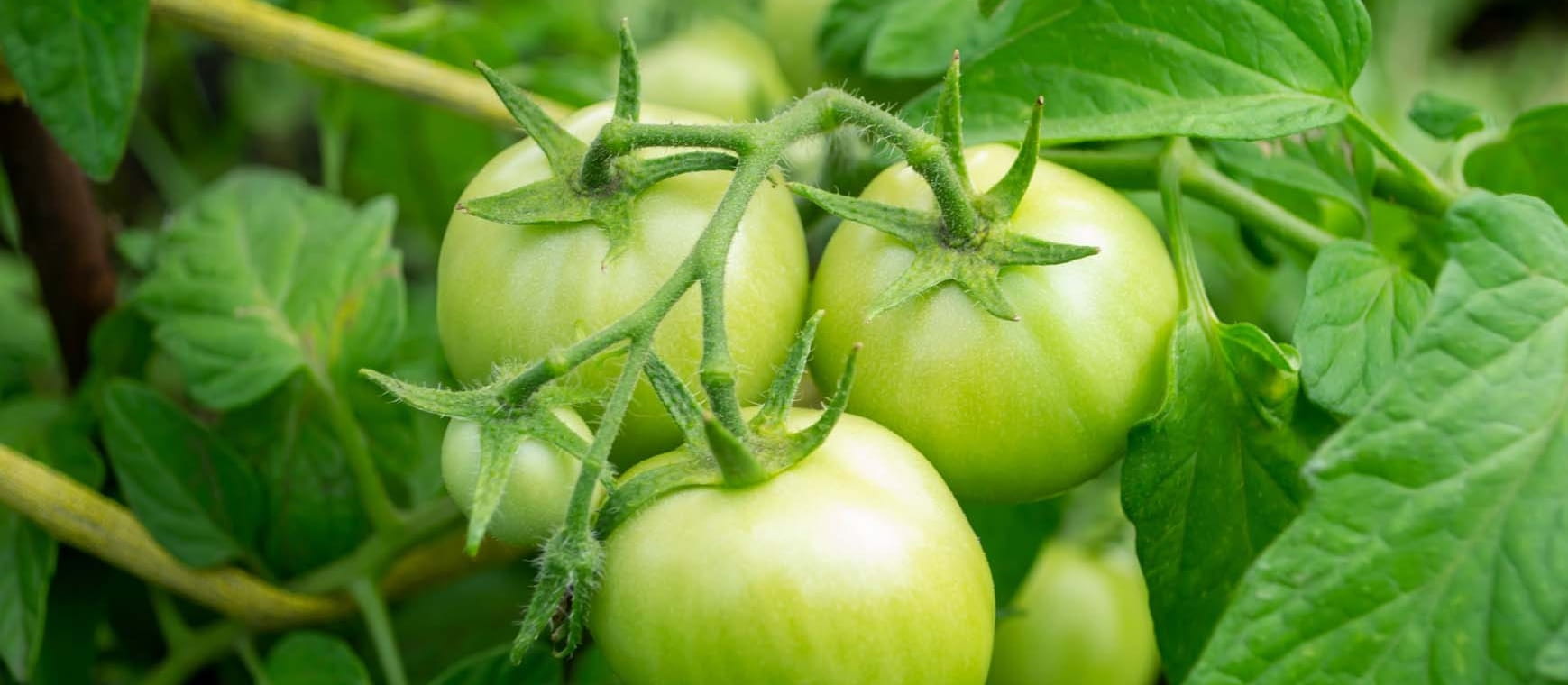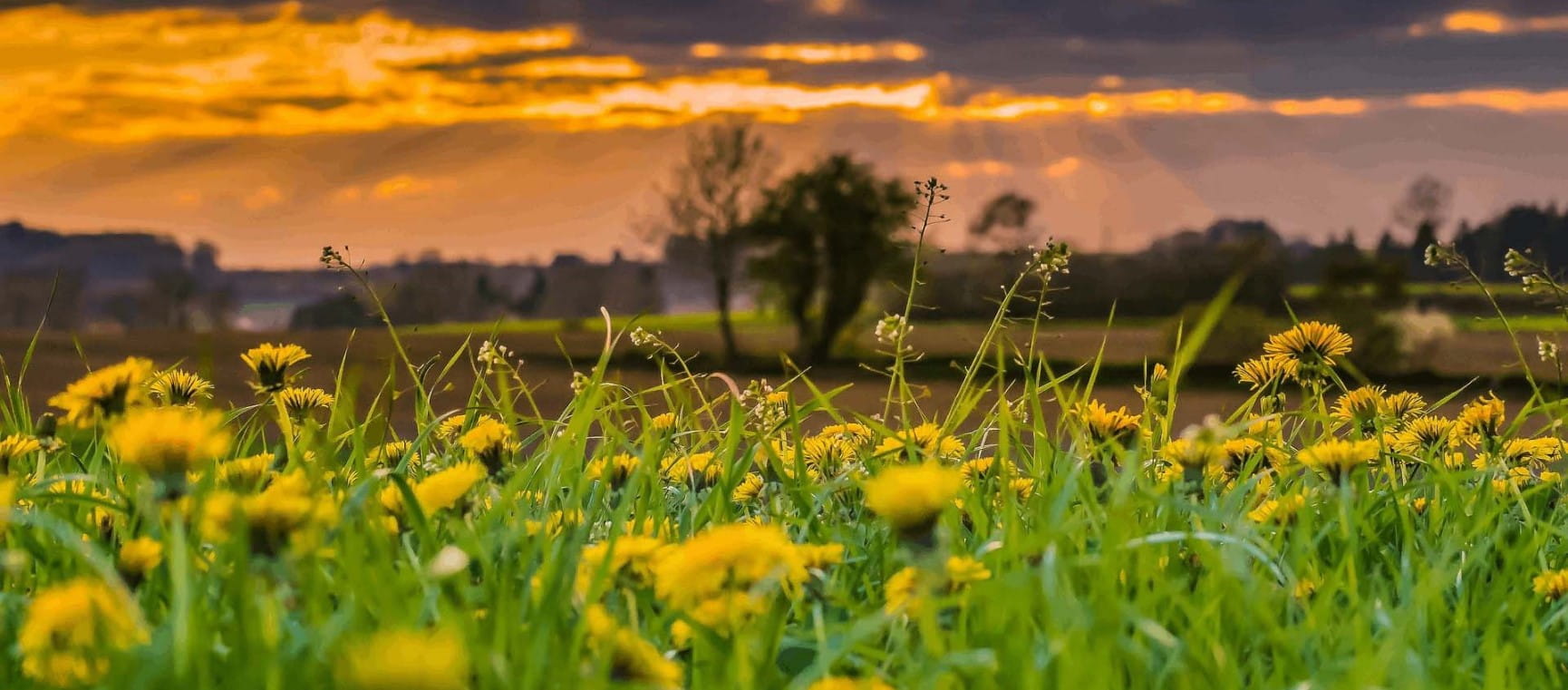


If you've ever splashed out on a few new plants from the garden centre, only to see them shrivel up and die within weeks, you'll know the upset that plant-buying mistakes can cause.
You could seemingly be doing everything right by your new flower, shrub or tree, but if you choose the wrong plant from the outset, it will have little chance of survival despite your best efforts.
Plants that don't survive aren't the only problem, either. How about those that grow to overrun your flowerbeds, or disappoint with their lack of flowers or foliage?
With all this in mind, we've asked several experts for their plant-buying hints and tips.
Our panel includes Rebecca Bevan, the National Trust's senior national consultant for plant health and sustainability, as well as horticulture experts at Dobbies Garden Centres and B&Q.
Their dos and don'ts could save you not only time and money, but also a lot of plant-related heartache.
Your plant may look happy and healthy enough in the garden centre, but it could be a different story once you've taken it home and planted it out. Ericaceous, clay, well-drained, acidic, alkaline... the soil options are not only plentiful, they're also specific.
"You may be attracted to rhododendrons, camellias and azaleas, for example, but they are only going to do well if you've got the right kind of soil," says Bevan, who with 20 years in horticulture under her belt, has plenty of experience of people's plant-buying mistakes.
"Those plants need acidic soil. If you're going to keep them in a pot, you can buy a special ericaceous compost to plant them in, but a lot of people think they can just pop them into the ground and scatter some ericaceous compost around. That won't work in the long run.
"Across much of the UK, the natural soil type is slightly alkaline. Don't buy acid-loving plants unless you know that they do well in your area," warns Bevan.
"If your neighbours have them growing in their gardens, odds are you've got the right soil type."
Similarly, if your soil tends to hold moisture in winter, there are certain plants that will hate the soggy conditions, such as lavender, Oenothera lindheimeri (also called Gaura lindheimeri) 'Whirling Butterflies' and agastache (also known as anise hyssop or giant hyssop). All three prefer free-draining soil.
"Always look at the label," advises Bevan. "If it says a plant needs free-draining soil, make sure you really do have it."
Bevan points out there are "easy little tests you can buy to check the pH level of your soil".
The soil pH is a number that describes how acid or alkaline your soil is. A pH of 7.0 is considered neutral. An acid soil has a pH value below 7.0 and above 7.0 the soil is alkaline.
A pH of 5.1 to 6.0 offers perfect conditions for plants such as rhododendrons, camellias and heathers; whereas an alkaline pH of 7.1 to 8.0 better suits forsythias, hydrangeas and lavender.
It's an easy mistake to make – you spot a plant, potted up, and think 'that would fill the gap in my flowerbed perfectly'. Then a few seasons in, it has either run riot or failed to grow significantly.
Dobbies horticulture director Marcus Eyles tells us about the key words to look out for on labels: “Plant size and spread can be difficult to ascertain, especially when buying young plants. It can be quite tricky to know what will and won’t work for your space, and that’s when paying close attention to the plant label can go a long way.
“We advise checking what the size and spread of the plant in question will be after five and also ten years of growth, to decide if the plant will eventually suit the position you want to plant it in," says Eyles.
"The labels also often outline the form of the plant – for example weeping, columnar, trailing, ground cover, etc. This is a good gauge on the shape of the plant you need for your desired garden location."
It's important to pay attention, as you won't usually be able to prune a plant to size in later years.
"If you prune every year to try and keep your plant smaller than it naturally wants to be, you'll just be cutting off the flowers and spoiling the shape, especially with a small tree or a nice graceful multi-stem shrub," warns Bevan.

"I hate waste, so it is nice to rescue plants sometimes," admits Bevan.
"But, generally speaking, if a plant has experienced quite a bit of stress in the pot, chances are it's never going to be quite as good. So I'd stay steer clear, particularly with the plants you see outside supermarkets, where they're wilted and looking a bit rotten and there just aren't the facilities to look after them properly."
There are exceptions.
"I have rescued deciduous shrubs in the past," says Bevan. "Usually, it's winter, and the plant is in the bargain area because it's lost all its leaves and it's not looking very sexy anymore, so the garden centre knows it won't sell. But I've bought it, because I know it's perfectly OK."
If you are thinking of rescuing a plant, pull it out of its pot and check the roots.
"You're looking for roots that are still quite pale and fleshy, and aren't all brown," Bevan explains.
"And you're looking to see that the plant hasn't been in the pot for so log that the roots are just going round and round inside, and becoming congested, because it will never really recover from that."
"It can be tempting, especially in spring, to buy plants that are already in full flower," says Bevan, "but this is a big plant-buying mistake. Bleeding hearts and delphiniums, for example, look so gorgeous and tempting. But those plants tend to be really fleshy – they've probably been grown in a greenhouse under protection and they haven't got any 'toughness' in them yet. If you put them straight into your garden, they'll be eaten by slugs and snails almost immediately.
"Professional gardeners tend to buy smaller plants in either spring or autumn, and they don't buy them in flower," Bevan continues.
"If they think they've been in a greenhouse, they will harden them off for a few weeks by standing them outside in the day and then putting them in a greenhouse at night."

"The most important thing to do when your bedding plants dry out is to give them a good soak in a bucket of water before planting," says Eyles.
"And if your soil or compost is looking a little dry, then make sure to give your newly planted bed a good amount of water ensure successful growing.”
Plant-buying mistakes aren't exclusive to outdoor varieties. “Giving houseplants a quick once-over before you buy can help avoid issues down the line,' says Richard Egerton, horticulture buyer at B&Q.
"When you first inspect the plant, hold it up to the light and check that both sides of the leaves and stem are healthy and undamaged. Discoloured leaves may be a sign of a nutrient deficiency, disease, or another ailment.
"Look for well-balanced, even growth and avoid plants that appear lopsided, as this can be a sign of underlying issues. Make sure to choose a strong plant with lots of new shoots and buds as well as checking for a healthy root system.
"There should not be so much congested root growth that you can't see the soil, or lots of roots sticking out the bottom of the pot.
"Lastly, avoid plants with weeds or moss growing on the top of the compost as this can be a sign of old plants that haven't been properly cared for.”
Then pick up a copy of Rebecca Bevan's latest book, The National Trust School of Gardening, £20. It's full of gardening how to's and tricks that you can try at home, gleaned from National Trust gardeners across the country.





Blighted by buzzing? How to keep wasps out of your garden without harming them so you can enjoy the summer.

Our expert pruning and watering hacks include a top tip to keep them flowering from Alan Titchmarsh.


Want to know how to get rid of dandelions? Advice on how to tackle them but why they might be worth sparing.
